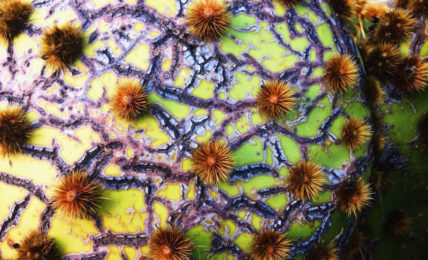L’elementare teoria di Stefano Mancuso e l’iniziativa pratica di Legambiente per salvare il mondo
Credete che la vita sul pianeta dipenda dall'acqua? Sbagliato! Il botanico Stefano Mancuso ci spiega perché dipende dalle piante. E perché saranno gli alberi a salvare il mondo dal riscaldamento globale.





